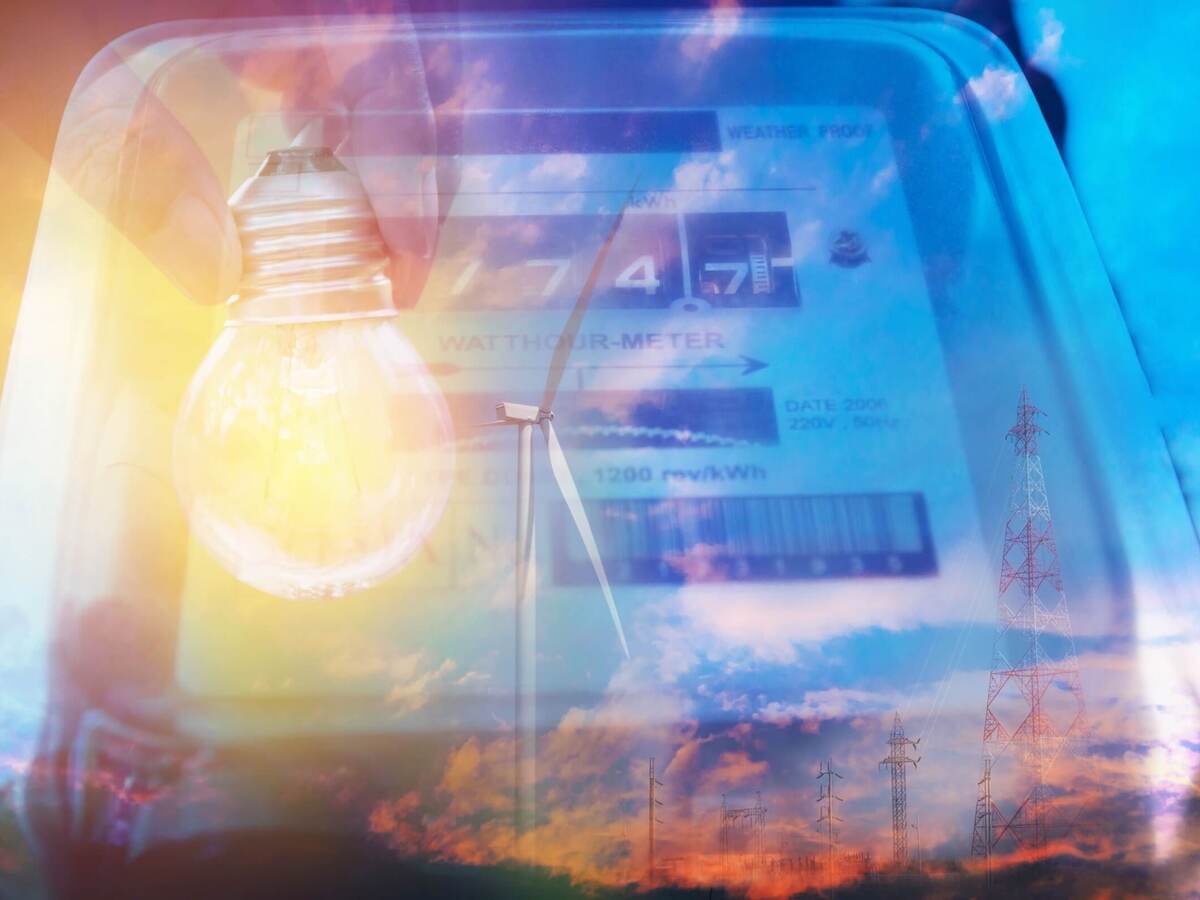February 16, 2019
A foundation of the nation’s aspiration to have a smarter energy grid is the introduction and use of smart meters. They wirelessly provide real-time data on energy usage to utilities and energy consumers — right from the side of consumers’ homes — and help utilities better react to dynamic energy consumption needs and grid emergencies.
What makes a smart meter-smart is its ability to instantly communicate captured information to the electrical utility, although this ability worries some people. Bill Colavecchio, a senior business development manager at UL, said that these concerns typically center on the emission of radio frequencies from smart meter devices.
But Colavecchio notes that smart meters put out lower radio frequency emissions than other common household items, such as cell phones or microwaves.
And the benefits of smart meters are significant.
“Smart meters help with instances of power outages where the utility typically counts on people to use a telephone to call and report a power outage,” Ken Boyce, principal engineer director for the Energy and Power Technologies division at UL, said.
“The real-time flow of data from the meter means the utilities can determine the area of a power outage effectively and instantaneously. When the power goes to zero, they know where the power is out.”
Related | Building the 21st-century energy grid
Modernizing the energy grid
Smart meters are a clear improvement on past meters and are poised to have a positive effect on modernizing the grid. The technological sophistication of smart meters is helping to turn the grid into a virtual network of energy assets with extensive communication, kind of like an energy internet.
However, the possibility of a cyberattack on the energy grid is a substantial issue because interconnected devices, including smart meters, can provide new attack points. Also, as products are embedded with more intelligence and electronics, the supply chain grows more and more complex.
Colavecchio stated he has not heard of any cyberattacks perpetrated on smart meters, but with that being said, cyberthreats are a significant threat that electric utilities are focused on preventing.
“We are working with a lot with stakeholders to reinforce trust in electrical grid security,” Boyce said. “Cybersecurity solutions help drive confidence in using these new connected devices in the electric grid. They are helping to enable wonderful opportunities for moving the grid forward and having it be more resilient, reliable and decentralized.”
Field conditions matter
When smart meters first deployed to the U.S. market in 2009, sporadic incidents of smart meter malfunctions, fires and explosions were reported across the country. However, since the 2013 introduction of UL 2735, the Standard for Electric Utility Meters, such occurrences are extremely rare.
“We performed proprietary research and evaluated essentially every commercially available smart meter to the requirements in UL 2735. We worked with utilities and industry to find effective solutions, and today’s meters are capable of meeting the safety requirements,” Colavecchio said.
The risk with the early smart meters was an issue with multiple contributing factors. Problems were caused in part by materials used in the meters and installation practices as well as field conditions; the smart meters were being installed in sockets that were sometimes as much as 50 years old.
According to Boyce, “meters are installed at the point where electricity is brought into a building, at the nexus of the utility and the customer domains. So, they must be able to handle the unique conditions of that use, such as large surges of electricity, with built-in circuitry. UL 2735, the Standard for Electrical Utility Meters, helps make sure meters stay safe in addition to being smart.”
Learn more about smarter meters for a smarter future.

